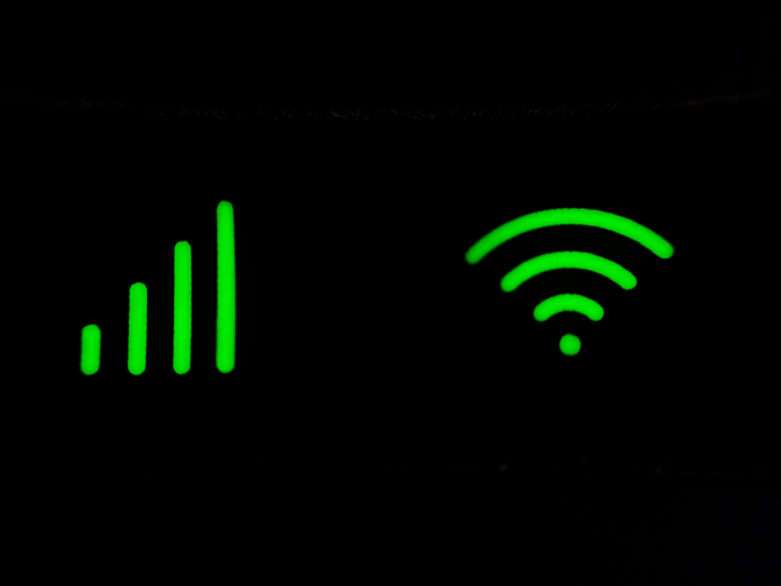Wi-Fi 6: The Next Generation of Wireless Technology
6 min read
20 Aug 2024
As the demand for faster and more reliable internet connectivity grows, Wi-Fi technology continues to evolve to meet these needs. Wi-Fi 6, also known as 802.11ax, represents the latest advancement in wireless networking technology. Designed to handle the increasing number of connected devices and the demand for high-bandwidth applications, Wi-Fi 6 offers significant improvements over its predecessors. This article explores the key features, benefits, and potential applications of Wi-Fi 6, highlighting why it is poised to become the new standard in wireless communication.
What is Wi-Fi 6?
Wi-Fi 6 is the latest iteration of Wi-Fi technology, succeeding Wi-Fi 5 (802.11ac). It introduces several enhancements to improve the overall performance, efficiency, and capacity of wireless networks. Wi-Fi 6 operates on both the 2.4 GHz and 5 GHz frequency bands, providing greater flexibility and compatibility with existing devices while supporting new features that enhance user experience and network reliability.

Key Features of Wi-Fi 6
Wi-Fi 6 brings several key features that set it apart from previous generations: Increased Speed: Wi-Fi 6 offers higher data rates, with theoretical speeds reaching up to 9.6 Gbps. This improvement ensures faster downloads, smoother streaming, and more responsive online gaming. Enhanced Capacity: Orthogonal Frequency Division Multiple Access (OFDMA) allows Wi-Fi 6 to handle more devices simultaneously by dividing channels into smaller sub-channels. This capability is particularly beneficial in densely populated environments like offices, stadiums, and smart homes. Improved Efficiency: Target Wake Time (TWT) enables devices to schedule when they wake up to send or receive data, reducing power consumption and extending battery life for connected devices. Better Performance in Crowded Areas: Wi-Fi 6 uses Basic Service Set (BSS) Coloring to distinguish between overlapping signals from neighboring networks, minimizing interference and improving performance in crowded environments. Enhanced Security: Wi-Fi 6 supports the latest WPA3 security protocol, providing stronger encryption and better protection against cyber threats.
Benefits of Wi-Fi 6
The advancements in Wi-Fi 6 translate into several tangible benefits for users and network administrators: Faster Speeds: With higher data rates, Wi-Fi 6 ensures faster internet speeds, reducing latency and improving the overall user experience. Increased Device Capacity: The ability to handle more devices simultaneously makes Wi-Fi 6 ideal for smart homes and offices with numerous connected devices. Improved Battery Life: TWT helps extend the battery life of connected devices by reducing the time they need to remain active for data transmission. Better Performance in Crowded Areas: The enhanced efficiency and capacity of Wi-Fi 6 make it more suitable for high-density environments where multiple devices compete for bandwidth. Enhanced Security: WPA3 support ensures that Wi-Fi 6 networks are more secure, protecting sensitive data and reducing the risk of cyber attacks.
Applications of Wi-Fi 6
Wi-Fi 6 is set to revolutionize various industries and applications: Smart Homes: With the growing number of smart devices in homes, Wi-Fi 6 can handle the increased traffic and ensure seamless connectivity for everything from smart speakers to security cameras. Enterprise Environments: Wi-Fi 6's enhanced capacity and efficiency make it ideal for offices and corporate environments, where multiple devices and applications need reliable connectivity. Public Spaces: In places like airports, stadiums, and shopping malls, Wi-Fi 6 can provide faster and more reliable internet access to large numbers of users simultaneously. Healthcare: Wi-Fi 6 can support the growing number of connected medical devices and applications in healthcare facilities, ensuring reliable communication and data transfer.
Conclusion
Wi-Fi 6 represents a significant leap forward in wireless technology, offering faster speeds, increased capacity, and improved efficiency. As the number of connected devices continues to rise, Wi-Fi 6 provides the necessary infrastructure to support the demands of modern life. Whether in homes, offices, or public spaces, Wi-Fi 6 ensures a more reliable and seamless internet experience. Embracing Wi-Fi 6 means preparing for the future of wireless communication, where speed, efficiency, and security are paramount.
More Articles

Decentralized Finance (DeFi): Redefining Financial Services
6 min read | 22 Jul 2024

Blockchain Scalability Solutions: Overcoming Limitations for Mass Adoption
3 min read | 21 Jul 2024

Privacy Coins: Enhancing Anonymity in Digital Transactions
6 min read | 20 Jul 2024

The Impact of Blockchain on Supply Chain Transparency
6 min read | 19 Jul 2024
More Articles

Industrial IoT (IIoT): The Backbone of Modern Industry
7 min read | 20 Jul 2024

Smart Sensors: The Tiny Devices Making a Big Impact
5 min read | 19 Jul 2024

Digital Fabrication: Crafting the Future One Layer at a Time
4 min read | 18 Jul 2024

3D Printing: How It's Changing the World as We Know It
7 min read | 17 Jul 2024
